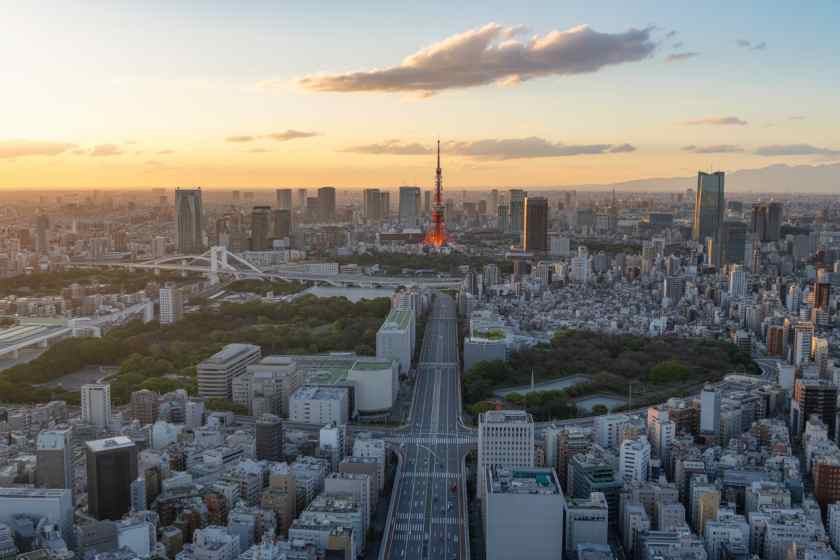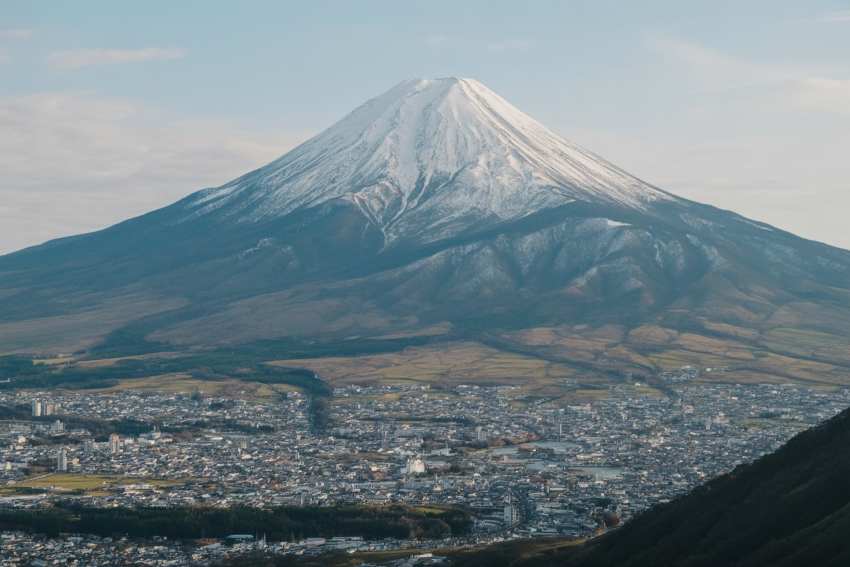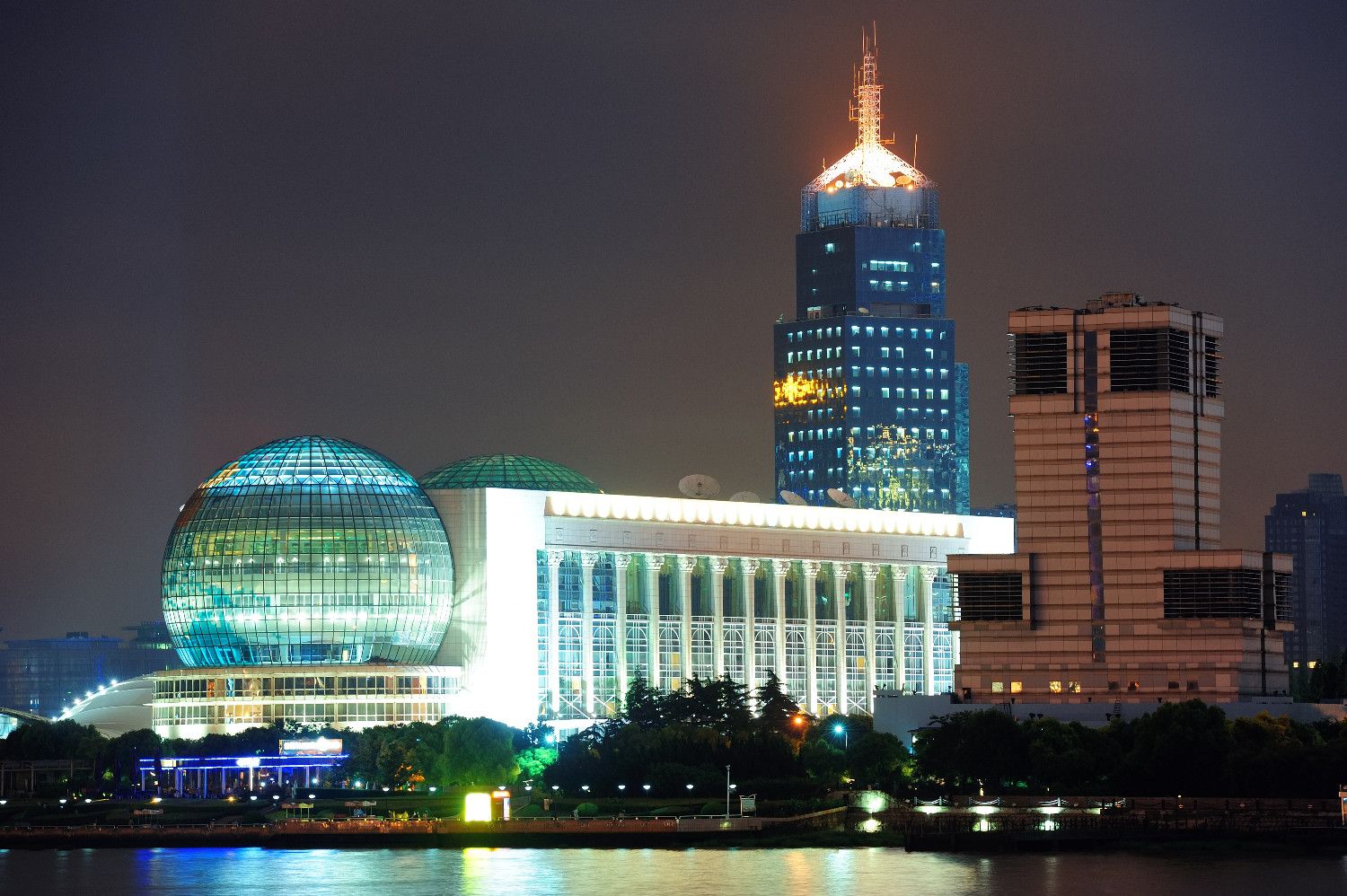
Thursday, May 8, 2025

Japan Takes Action to Address Overtourism Amid Tourism Boom
Japan was reported to be witnessing a major tourism rebound that had not only boosted its economy but also brought with it a range of significant issues. The steady influx of tourists was said to have led to overcrowded areas, stressed infrastructure, and growing cultural disruptions, which pushed authorities to begin implementing regulatory measures. These steps were apparently designed to safeguard both the quality of life for local residents and the overall experience for international visitors.
Mount Fuji: New Limits to Protect the Landmark
One of the most heavily impacted sites, according to recent reports, was Mount Fuji, which holds UNESCO World Heritage status. Officials indicated that the rising number of climbers had caused serious environmental wear and safety hazards. In response, local authorities decided to enforce a cap of 4,000 climbers per day and introduced a mandatory fee of 2,000 yen. The purpose of these steps was to help regulate the tourist flow and fund conservation efforts. Furthermore, a mesh barrier was said to have been installed in Fujikawaguchiko, aiming to reduce crowding at a well-known photo location. These actions reportedly reflected the challenge of maintaining a balance between tourism appeal and local sustainability.
Kyoto’s Gion District: Preserving Cultural Heritage
In Kyoto, authorities raised concerns about how mass tourism was affecting the Gion district, famous for its historic wooden streets and the presence of geisha. Reports mentioned that some tourists had been entering private alleys and taking unauthorized photographs, causing distress to residents. As a result, the city was said to have introduced fines and imposed entry restrictions to certain areas. These restrictions were designed to preserve the cultural integrity of the neighborhood and encourage respectful behavior among visitors.
Reintroducing Trash Bins: Infrastructure Adjustments
A more practical issue also surfaced, which was the lack of public trash bins in many parts of Japan. It was explained that these bins had been previously removed due to security concerns, but their absence was reportedly creating inconveniences for tourists. To address this, officials began reinstalling transparent garbage bins in busy public areas, hoping to support cleanliness without compromising public safety.
Tourism Worldwide: A Need for Responsible Travel
The measures taken by Japan were widely viewed as examples of how destinations could strive to achieve sustainable tourism. These developments highlighted the broader necessity for travelers to respect local traditions, behave responsibly, and support community well-being. As more destinations grapple with the effects of overtourism, the global industry was said to be moving toward a model that emphasizes accountability, cultural respect, and environmental stewardship.
Japan Responds to Overtourism with Targeted Reforms Across Key Destinations
In response to rising tourism pressures, Japan has introduced a series of important measures aimed at preserving its natural beauty, cultural integrity, and urban cleanliness. These reforms are designed not only to enhance the visitor experience but also to safeguard local communities from the negative impacts of overtourism.
One of the most significant changes has been made at Mount Fuji, where authorities have responded to environmental strain and safety risks caused by a surge in climbers. To better manage the number of people ascending the mountain, a daily cap of 4,000 climbers has been set. In addition, all climbers must now pay an entry fee of 2,000 yen. The collected fees are being directed toward preservation and maintenance efforts, reinforcing Japan’s commitment to sustainable tourism.
In Kyoto, particularly the historic Gion district, home to traditional architecture and the famous geisha culture, officials have cracked down on intrusive tourist behavior. New regulations restrict access to private alleys, and fines have been introduced to curb unauthorized photography and trespassing. These steps were taken to protect local residents and preserve the authenticity of one of Japan’s most cherished cultural sites.
Meanwhile, another issue that has affected the tourist experience — the lack of public trash bins — is also being addressed. Originally removed for security reasons, such as after past incidents like the 1995 Tokyo subway attack, trash bins are now being gradually reintroduced in busy public areas. These new bins are designed to be transparent for safety, offering a solution that maintains public hygiene without compromising security.
Together, these efforts reflect a growing awareness in Japan of the need to balance tourism with environmental care, cultural sensitivity, and urban comfort. The actions taken across Mount Fuji, Kyoto, and urban centers highlight a broader message for the global travel community: tourism must be respectful, sustainable, and supportive of local traditions.
As more countries face similar visitor pressures, Japan’s model provides a forward-thinking approach to tourism management—one that protects heritage and enhances the experience for all.
link






